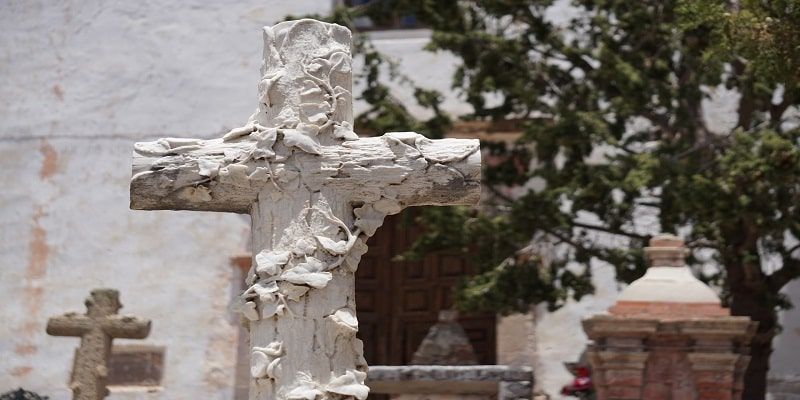How to Plan a Meaningful Scattering Ceremony
A scattering ceremony is a chance to say goodbye to your loved one. This article explains how to plan a meaningful ceremony that honors their legacy and memory.

Choosing a cremation service in Chadds Ford Township, PA, does not stop you from having a committal service-styled event. This is a scattering ceremony, where you spread the deceased’s ashes and say your final goodbye.
This ceremony can take different forms. It can be informal or formal. Alone or with guests. The most important thing is it is a meaningful, healing event. Here’s how to make it so.
1. Choose a location
The cornerstone of a meaningful scattering ceremony is the location. It should be somewhere that holds importance to you or the deceased. This is a key advantage it has over a graveside committal service.
Is it a beach? Stadium? Local, state, or national park? Entire city? It can be anywhere. Choosing a location is even easier if your loved one has specified where they want their ashes scattered.
Wherever it is, make sure to check the rules and regulations. There’s no federal law against ash scattering, but local areas and private properties still have rules. Run a quick check to avoid conflict or, worse, arrest.
2. Pick the type of scattering you want
One of the key reasons the location is the first step is it helps you determine the type of ash-scattering ceremony you can have. Not every kind can work in every area.
There are four distinct types of scattering:
Trenching: involves digging a hole in the ground, the ashes are scattered inside, and the hole is covered after. Ideal for parks, gardens, and beaches.
Casting: the most common type of scattering. Involves scattering in the air across an area. It symbolizes releasing and letting go of your loved one.
Sky or Aerial: can be done anywhere. Requires an aircraft, tall building, or hot air balloon. Similar to casting, but it occurs at a much higher altitude.
Water: Can be done on a lake, sea, or river. Involves placing the ashes in a water-soluble urn and letting it gradually dissolve inside the water.
Choosing the right one isn’t just about what’s convenient, but which one best expresses your feelings or represents the deceased’s personality.
A casting or aerial ceremony might be better for a free-spirited individual, while trenching works better if they enjoyed nature.
3. Develop an order of service
After that, what’s left is to determine how the ceremony itself will go. Yes, you can spread the ashes without additional activities, but it can be cathartic to have a small event.
It could be a service led by a clergyperson with religious texts, prayers, and sharing of memories by friends and family.
There’s no wrong answer. We usually recommend going with something the deceased would have wanted.
4. Choose what you will say
Finally, it would be best to say a few words before scattering the ashes. Even if there are no extra activities or it’s just you.
Offering a few final words can provide the much-needed release a scattering ceremony is supposed to provide. It doesn’t have to be anything long. It can be a quote, poem, or bible verse.
With these, you will be able to plan a meaningful scattering ceremony that is unique to your loved one.
And if you need help planning a scattering ceremony after cremation service in Chadds Ford Township, PA, contact us. Our funeral director will help develop the best service that suits your vision. Call us now to get started.











